An amazing video with scenes from the documentary Wild Scandinavia Episode 5 (Finland), with background music of the Finnish composer Jean Sibelius’ great work Finlandia, Op. 26.
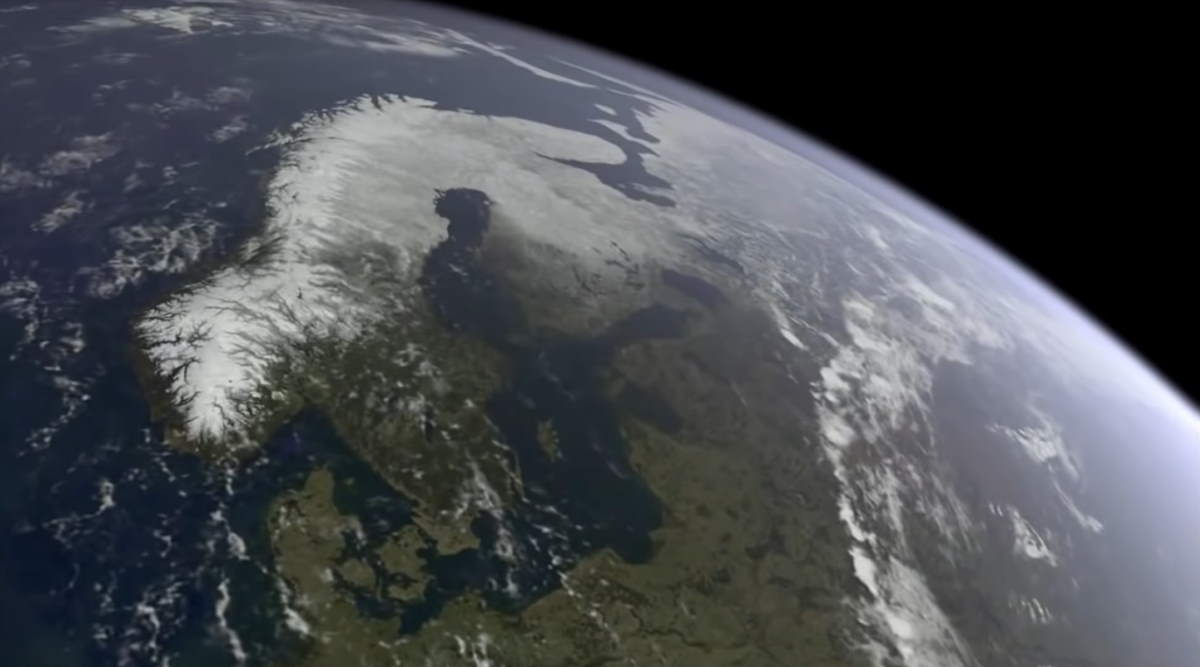

An amazing video with scenes from the documentary Wild Scandinavia Episode 5 (Finland), with background music of the Finnish composer Jean Sibelius’ great work Finlandia, Op. 26.
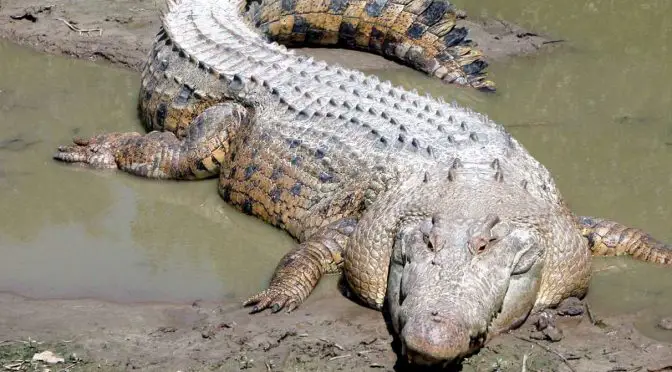
What does the term crocodylian bring to mind? A big reptile with a chomping jaw? But exactly which environmental factors created today’s large crocodiles?
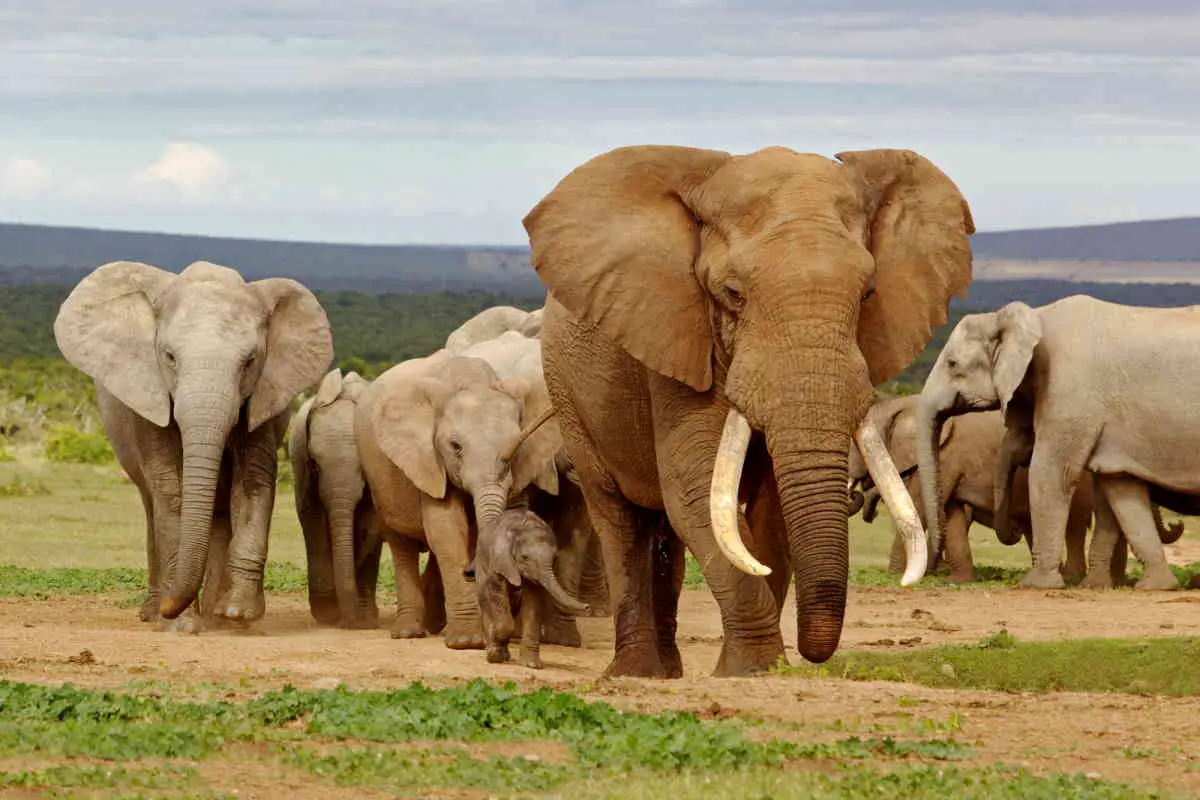
Elephants! Even though these largest existing land animals are loved, revered, and respected by people and cultures worldwide, they are actually close to the edge of extinction. The escalation of poaching, habitat loss, human-elephant conflict, and mistreatment in captivity are just some of the threats to both African and Asian elephants. So, we urgently need to take action to protect these amazing (and cute!) animals. Here are 20 amazing elephant facts.
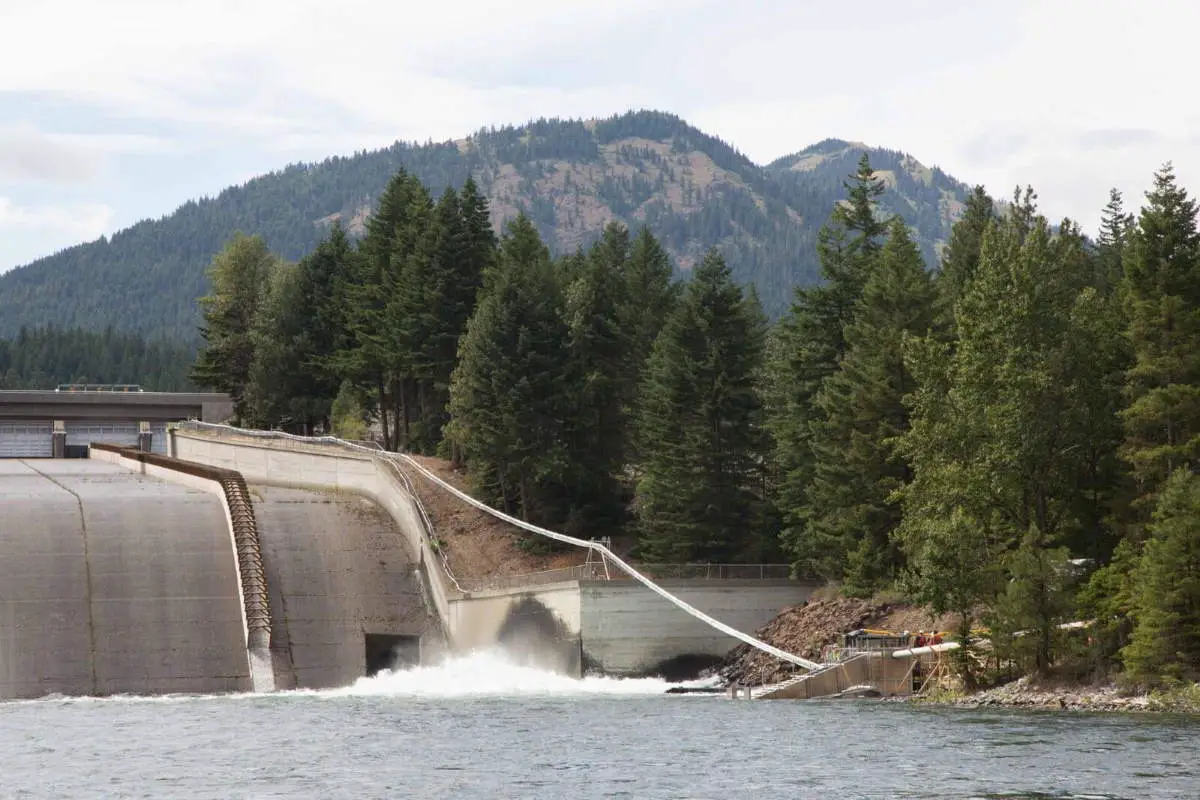
Hydroelectric dams act as obstacles for wildlife, especially migrating salmon. The Whooshh Fish Transport System, also known as the “salmon cannon,” gives fish a much-needed boost over dams so they can swim upstream to spawn.
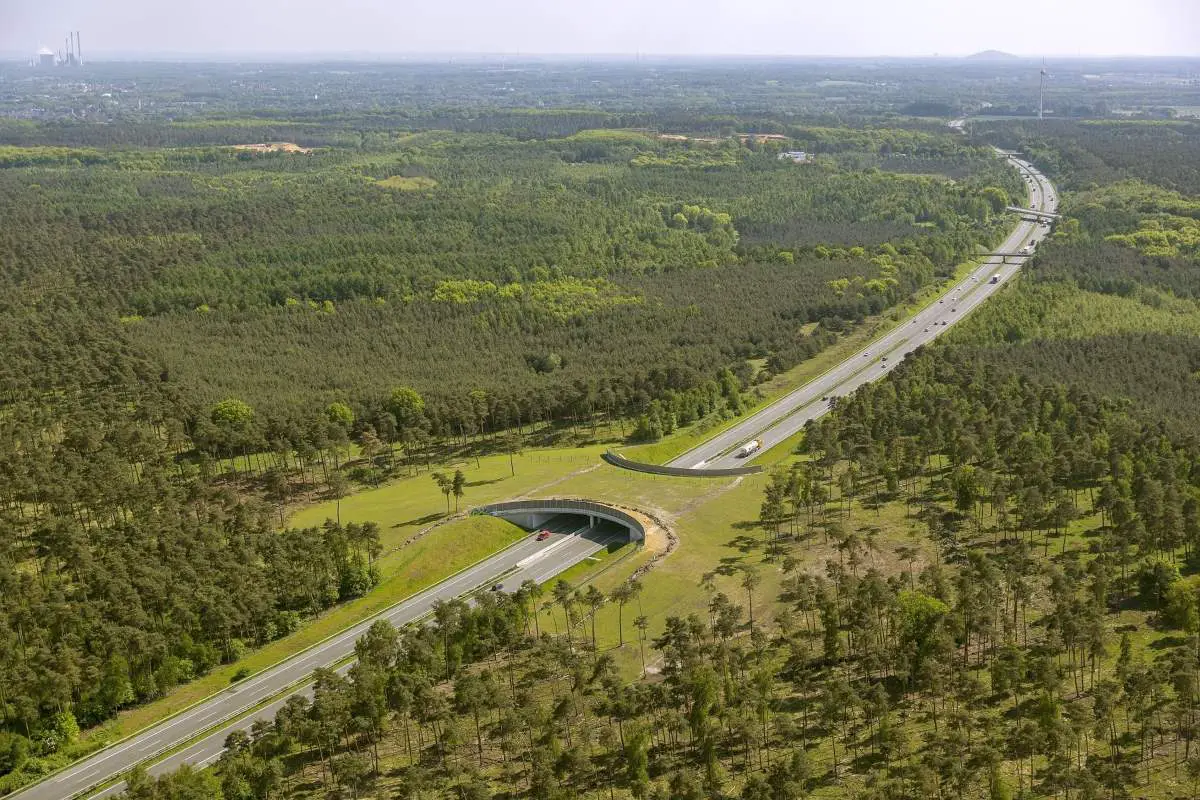
Wildlife crossings over (and under) the highways could make animals (both wild and domesticated) and people safer.
Our expanding network of roads is interrupting and fragmenting the territories of wild (and also domesticated) animals who need to cross our roads in search of food, water, mates, and shelter. Many are routinely struck and killed by vehicles in this most basic quest for survival.
In addition to conservation concerns, animal-vehicle collisions have a significant cost for human populations because collisions damage property and injure and kill passengers and drivers: in the United States only, collisions between wildlife and vehicles have increased by 50 percent in the most recently reported 15 years. These accidents now cost Americans $8 billion every year.
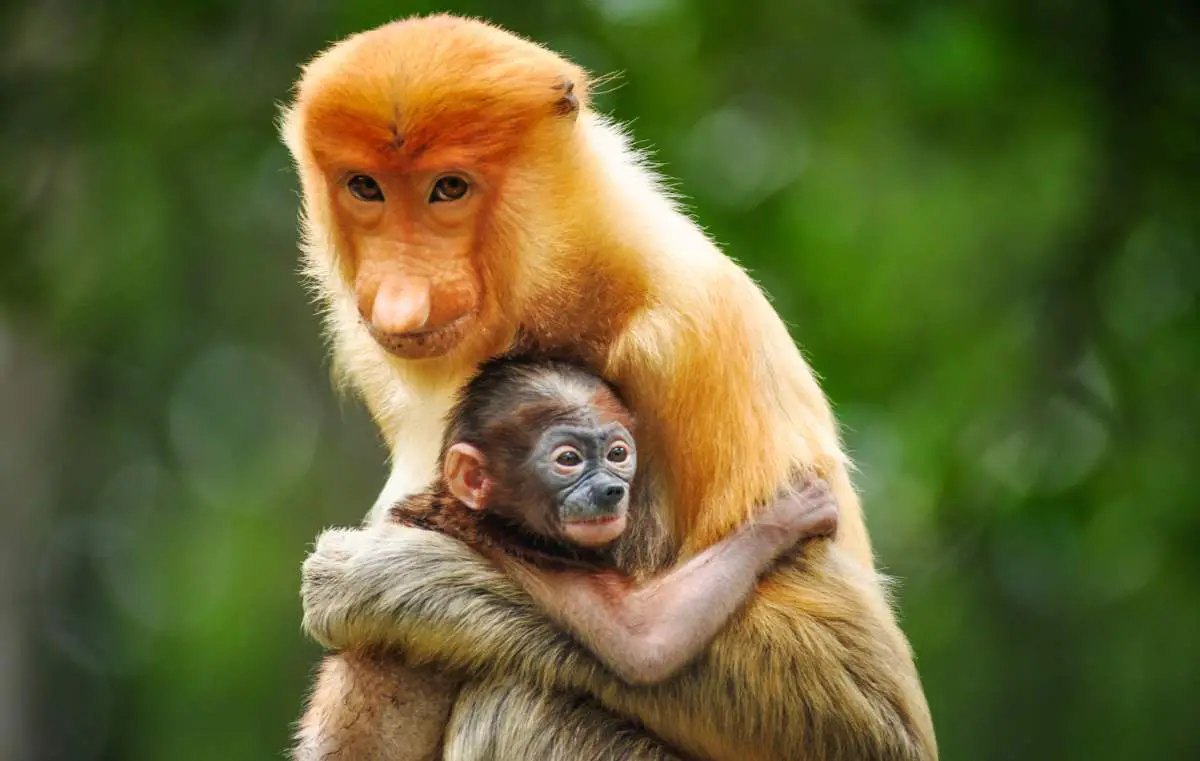
We, humans, are destroying the Earth’s wilderness, very fast. Actually, we are the main (and probably the only) cause of the sixth major extinction event in the history of our planet. Now, a recent UN report says at least one million species (animals, plants, and insects) are at the risk of extinction. There will be serious consequences for life on Earth, and also for human beings.
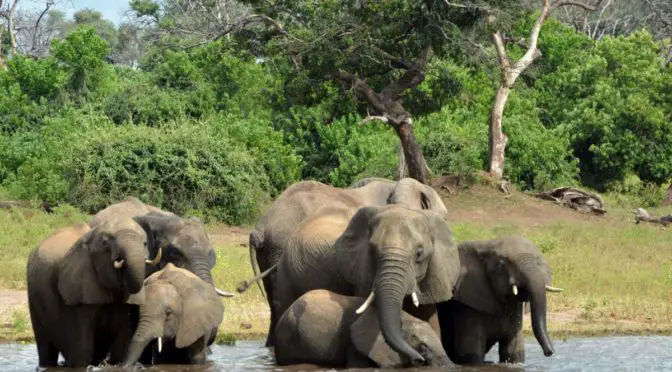
Even if we stop destroying Earth’s wilderness today, it would take 3 to 5 million years for Earth to recover from the 6th mass extinction, scientists warn.
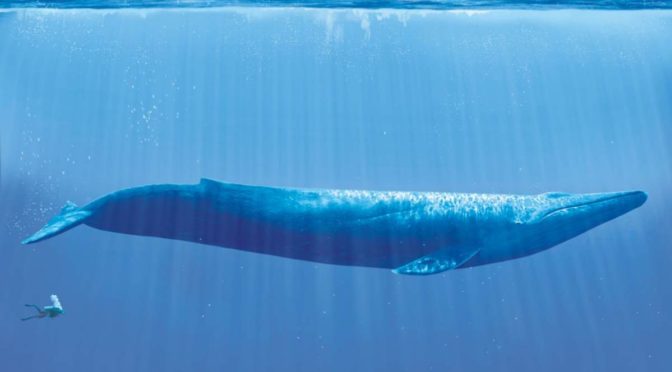
The blue whale (scientific name: Balaenoptera musculus) is a marine mammal belonging to the baleen whales (Mysticeti). Up to 31 meters (102 feet) in length and 190 tonnes (210 short tons) in weight, it is the largest extant animal and also is the heaviest known to have existed. But it’s hard to conceptualize how big these wonderful animals really are. To put things into perspective, the Facts in Motion channel prepared a video titled “Blue Whales Are Way Bigger Than You Think”. The video also explains the evolutionary reasons behind how and why blue whales get that large.
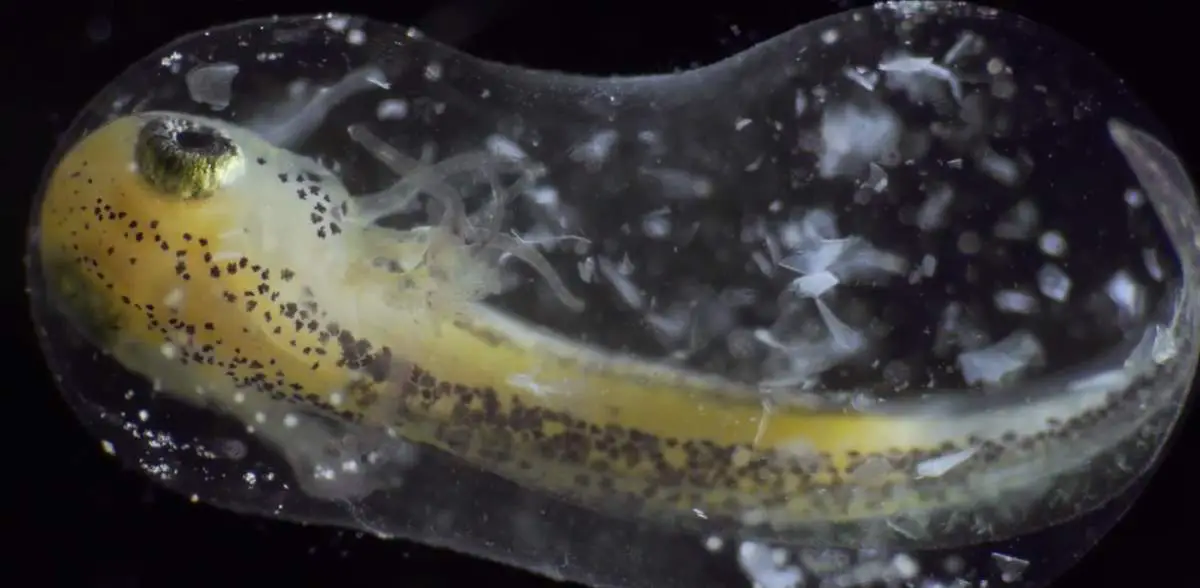
A single cell becomes a complete organism (an alpine newt) in this amazing six pulsing minutes of a timelapse video named “Becoming” published by the Aeon Video channel. A film by Jan van IJken.
